Ductile iron is an iron-carbon alloy. It is made of high-quality cast iron with low sulfur and low phosphorus, and then spheroidized to make the carbon in it exist as spherical free graphite, thereby eliminating the defect of metal crystal continuity being cut off caused by flake graphite. It has the essence of iron and the performance of steel. It not only does not lose the castability and corrosion resistance of cast iron, but also increases the tensile strength, elongation, bending and impact resistance, that is, it has the high strength and toughness of steel. The urban water supply network mainly uses pipe fittings cast by ductile iron, which is recognized by the urban water supply industry in various countries. At present, the development of foreign ductile iron pipe casting technology mainly adopts water-cooled metal mold centrifugal casting technology.
How are ductile iron pipes manufactured?
Ductile iron pipes are widely used in municipal engineering, water supply, drainage systems and other fields due to their excellent mechanical properties and corrosion resistance. Its production process includes multiple key steps, from molten iron preparation to final product inspection, every link is refined. The following is the detailed production process of ductile iron pipes.
1. Preparation of molten iron
In the production process of ductile iron pipes, high-quality molten iron must be prepared first. According to the specifications of the pipe diameter to be produced, the production team will add the corresponding raw materials. At this time, the spheroidizing agent is added to the molten iron for spheroidization. This process is crucial to the quality of ductile iron pipes and ensures that the pipes have excellent performance in the subsequent production process.
2. Molten iron quality control
In the preparation of molten iron, quality and temperature need to be strictly controlled at every link. Each furnace and each bag of molten iron will be analyzed by direct reading spectrometer to ensure that it fully meets the requirements of casting. This fine quality control measure ensures that the composition and temperature of the molten iron are always in the best state, laying a solid foundation for the subsequent casting process.
3. Centrifugal casting
Casting with a water-cooled metal mold centrifuge is one of the core steps in the production of ductile iron pipes. During this process, hot molten iron is continuously injected into the high-speed rotating pipe mold, and the molten iron is quickly solidified to form a pipe through water cooling. This centrifugal casting method can ensure that the ductile iron pipe has excellent internal structure and uniform density. The cast ductile iron pipe will be immediately inspected and weighed to ensure that each pipe meets the quality standards.
4. Annealing treatment
After the ductile iron pipe is cast, it enters the annealing furnace for annealing treatment. The purpose of annealing treatment is to make the organizational structure of the pipe more uniform through heating and cooling, and further improve the tensile strength and corrosion resistance of the pipe.
5. Performance testing
After annealing, the ductile iron pipe will undergo a series of strict performance tests, including indentation inspection, appearance inspection, flattening test, tensile test, hardness test and metallographic test. Any pipe that does not meet the standards will be scrapped and shall not enter the next process. This link ensures that the ductile iron pipe can withstand various external stresses during use and meet the needs of different projects.
6. Finishing process
The pipes that have passed the performance test will enter the finishing process. Finishing includes the following steps:
Zinc spraying: Use a high-voltage electric spray machine to spray zinc. Zinc spraying can effectively improve the corrosion resistance of the pipe and extend its service life.
Grinding: Qualified ductile iron pipes will be sent to the three grinding stations for surface inspection, and the socket, spigot and inner wall of each pipe will be polished and cleaned.
Hydrostatic test: The pipes after grinding will be subjected to hydrostatic test to ensure that they can withstand the specified internal pressure. This link requires the pipe to withstand an internal pressure that is 10kg/cm² higher than the ISO2531 international standard and the European standard.
7. Cement lining
In order to enhance the corrosion resistance of ductile iron pipes, a double-station cement lining machine is used to centrifugally coat the inner wall of the pipe with cement. The quality of cement mortar is strictly inspected and proportioned to ensure the quality of the cement lining. The entire coating process is controlled by a computer to ensure the uniformity and stability of the cement lining. The pipes lined with cement will be cured as required to further enhance the anti-corrosion effect.
8. Asphalt spraying
After the pipe is cured, the surface of the pipe will be heated and asphalt sprayed by a double-station automatic sprayer. Asphalt coating can effectively increase the anti-corrosion ability of the pipe, enabling it to cope with more complex environmental conditions, especially when buried.
9. Final inspection and packaging for storage
The pipes after asphalt spraying will be subjected to final inspection to ensure that they fully meet the quality standards. Only qualified pipes can be sprayed with marks, packaged and stored. The packaging process will be carried out according to customer needs to ensure that the pipes are not damaged during transportation and arrive at their destination smoothly.
Summary
The production process of ductile iron pipes covers multiple links from molten iron preparation, casting, performance testing to finishing and surface treatment. Each link is crucial and determines the final quality and performance of the pipe. With the continuous advancement of technology, the production process of
ductile iron pipes is also constantly optimized to meet the increasingly stringent market needs. By precisely controlling every production step, ductile iron pipes will undoubtedly play an increasingly important role in global infrastructure construction.






 English
English Español
Español بالعربية
بالعربية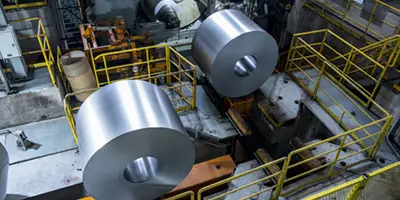

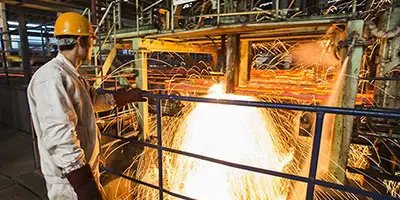
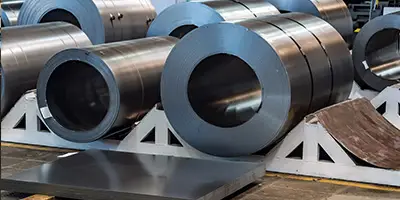

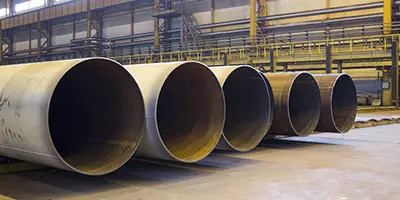
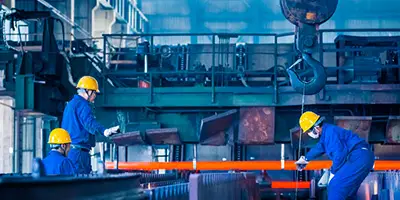
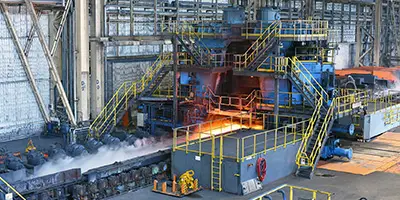
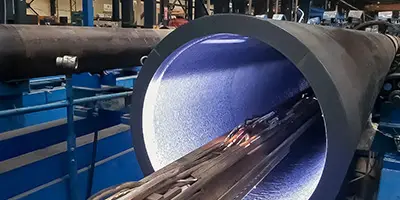
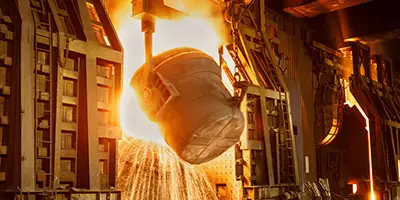
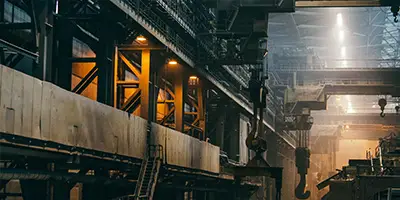
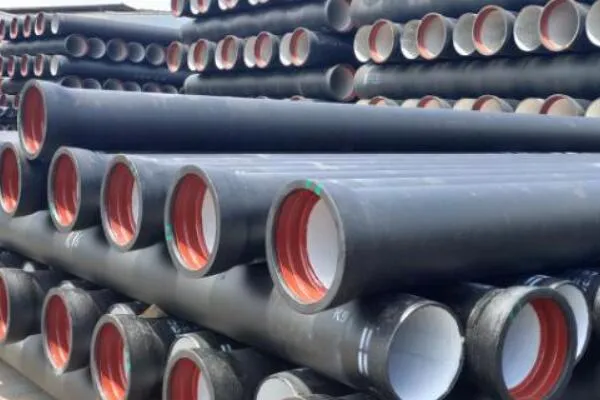
 Phone :
Phone :  Whatsapp :
Whatsapp :  Email :
Email : 


